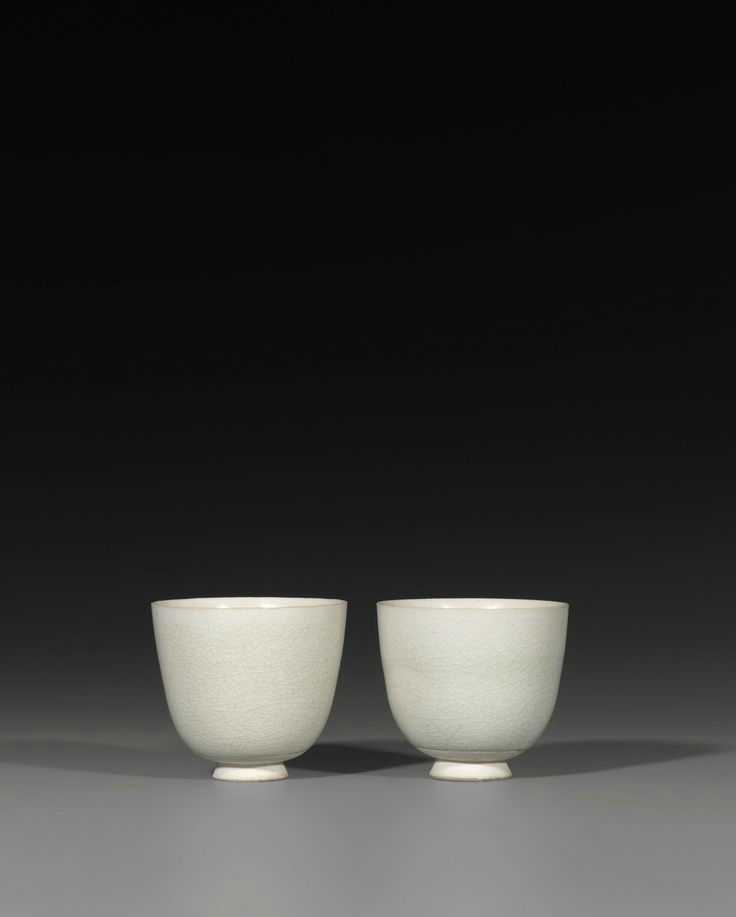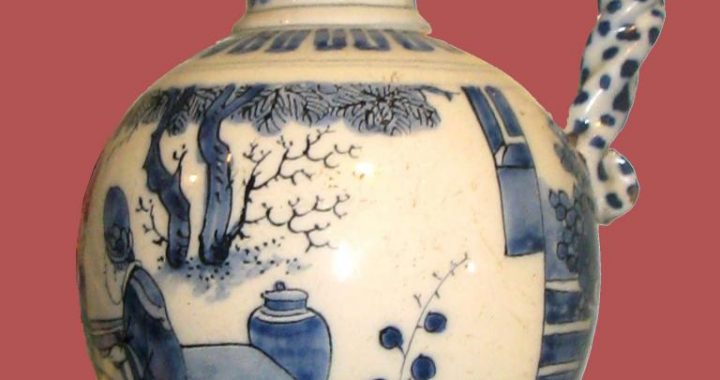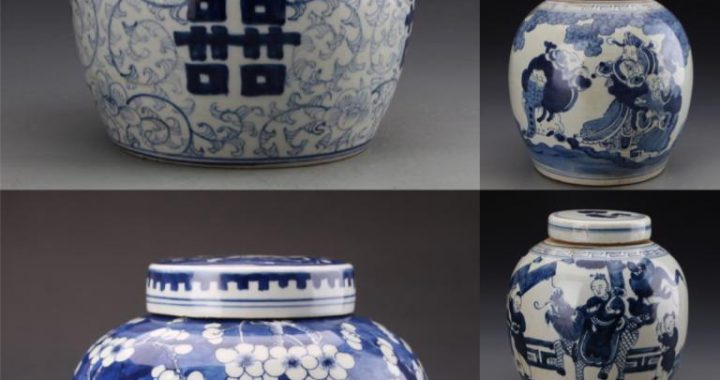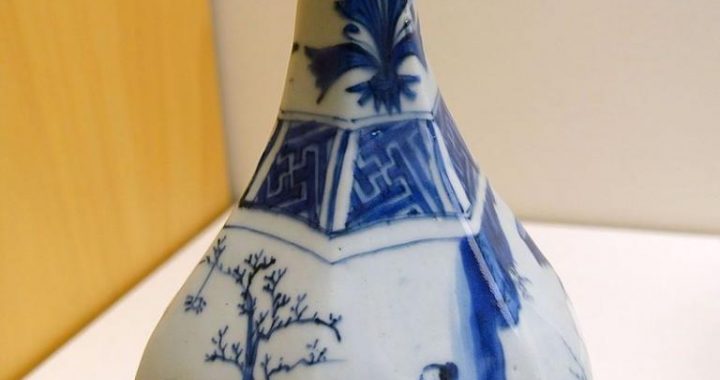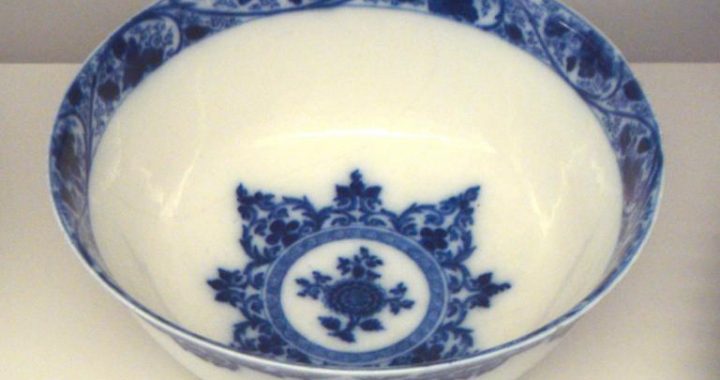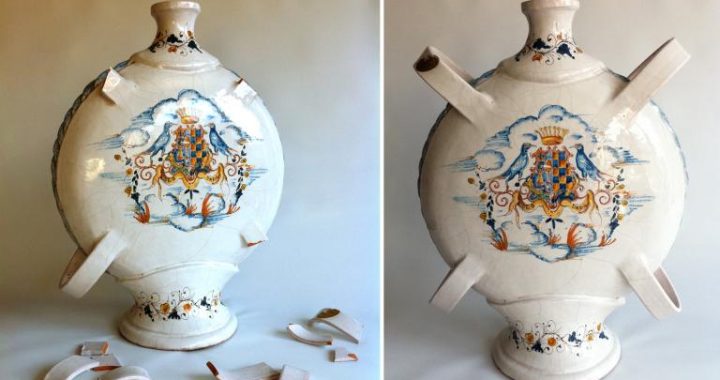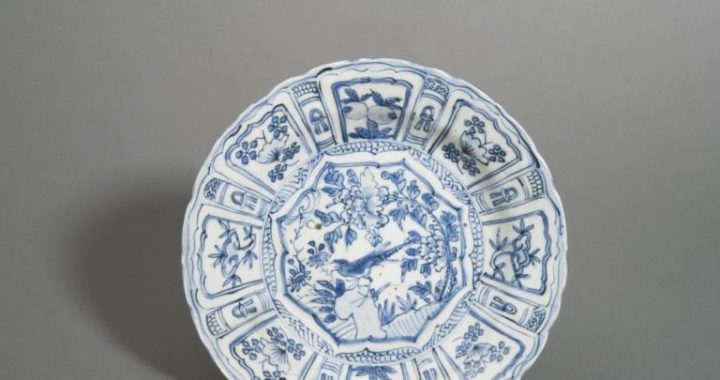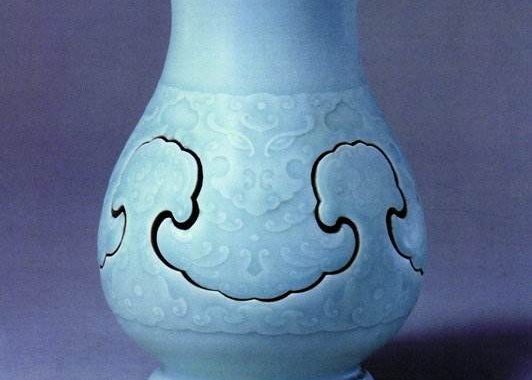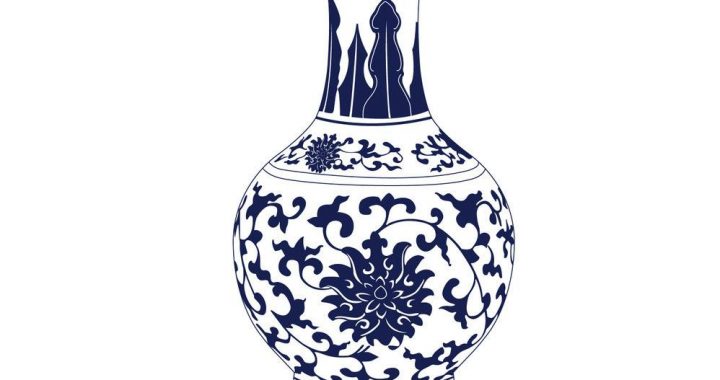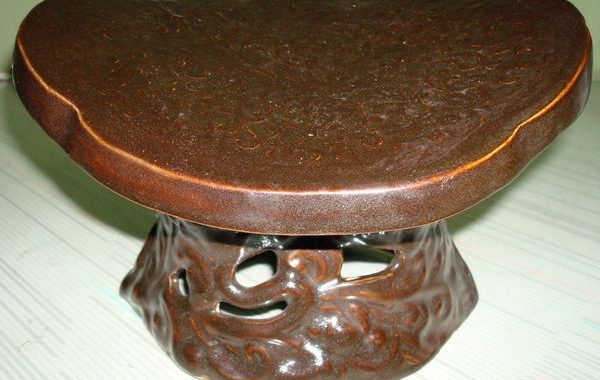White as Silver and Snow-Porcelain of Xing Kiln
2 min readCompared with the time honored celadon industry of southern China, production of white porcelain in the northstarted a little bit late, and didn’t take shape until the Northern Dynasties.It resulted from search of potters for ways to control the ceramics colour,whereas white body was considered as an ideal condition of ceramics production.Such condition was finally achieved in the north,when celadon production was dominant in the south.It is best represented by white porcelain wares excavated from Fan Cui’s tomb dating back to the Northern Qi dynasty.
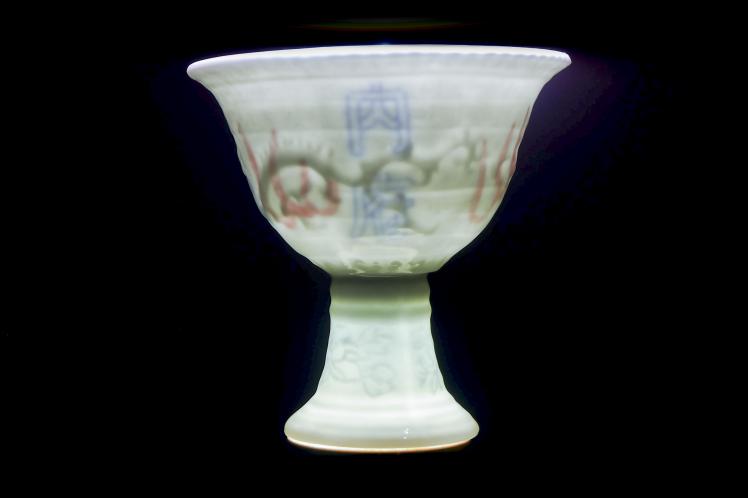
Although many white porcelain products were found in tombs of the Sui dynasty,it was not mature until the emergence of Xing kiln in the Tang dynasty.Since then,white porcelain produced in northern China,as represented by products of Xing kiln,became eminent in Chinese history,and were considered as a counterpart of celadon produced in the south.
White wares produced by Xing kiln are reputed for their delicate and pure textures,and were praised“white as silver and snow”by Lu Yu in his Classic of Tea.Besides,Xing wares applied few decorations,and as recorded in literature,they were widely used by people at that time.
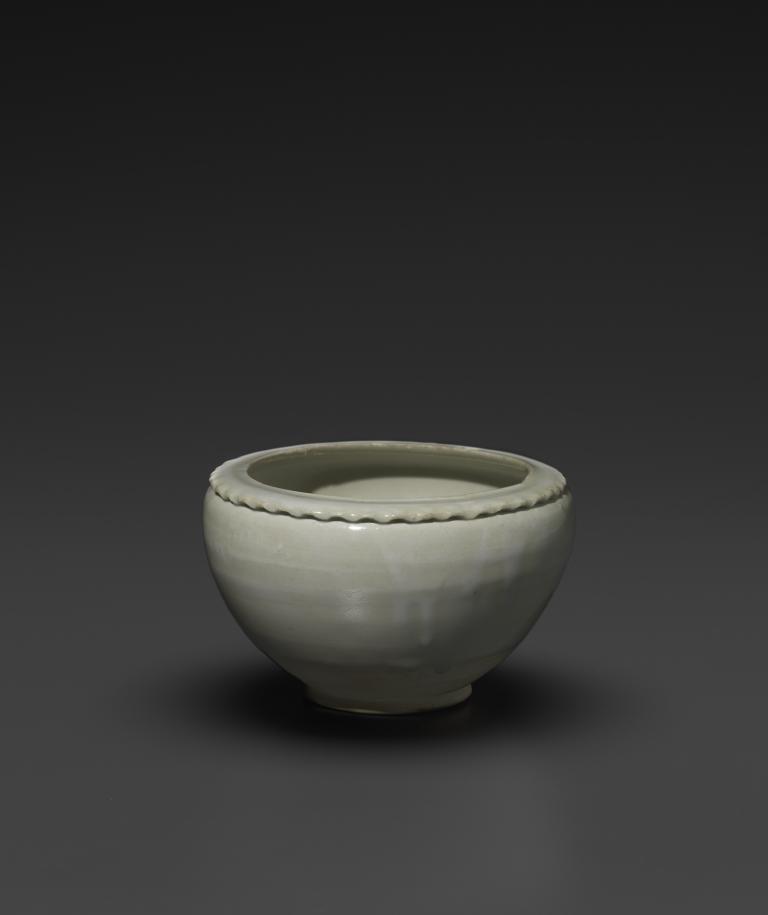
Just like the mi se wares of the south,some of the Xing wares were exclusively fired for royal family.These vessels bear more regular shapes and finer skills than common Xing wares,and are more identifiable than mi se wares,as they were all imprinted with the Chinese character“盈”at their bottoms to indicate their royal ownership.Study on historic documents and excavated objects shows that the word“ying”refers to the“Grand Ying Repository”of the Tang court,and Xing wares with such a seal mark were specially used for royal feasts and bestowments.Beside royal wares,some of the Xing wares were fired for some government agencies,each agency with a different inscription on its porcelain wares,such as“hanlin”(meaning the Imperial Academy).
In addition to those wares fired especially for the court and government agency,Xing kiln boasted yet another more exquisite technique-the egg-shell technique,namely the production of shadowy wares,whose bodies are so thin that the colour of the liquid they contain can be seen from the outside.It was a unique craftsmanship then,and was considered as a milestone in the history of Chinese porcelain.
